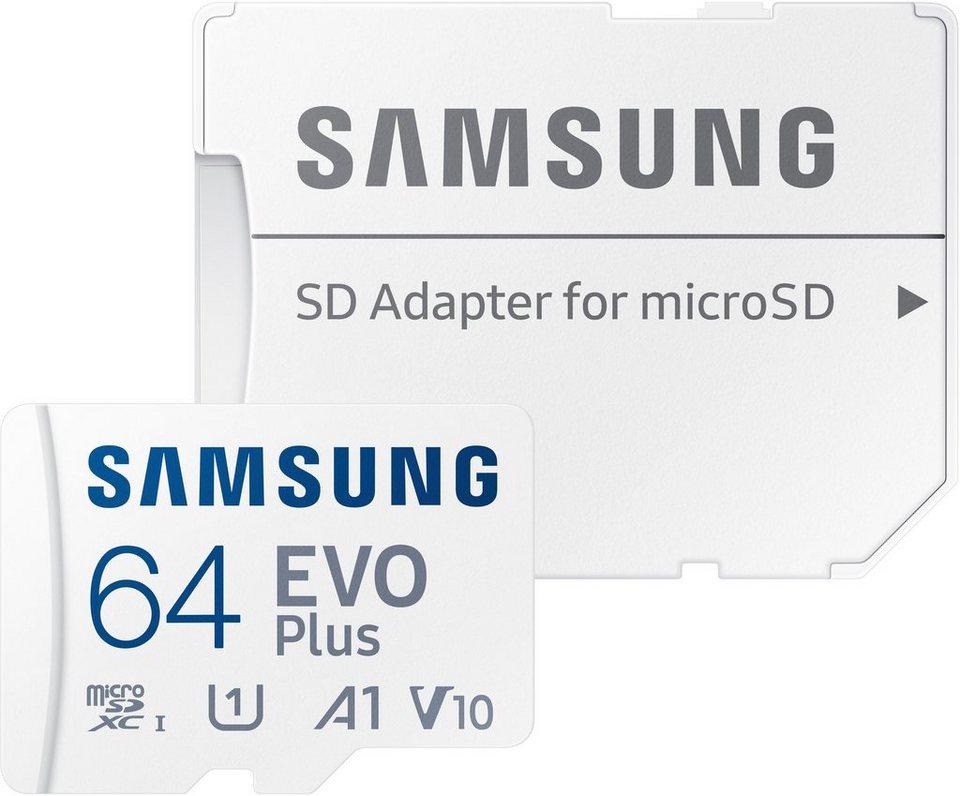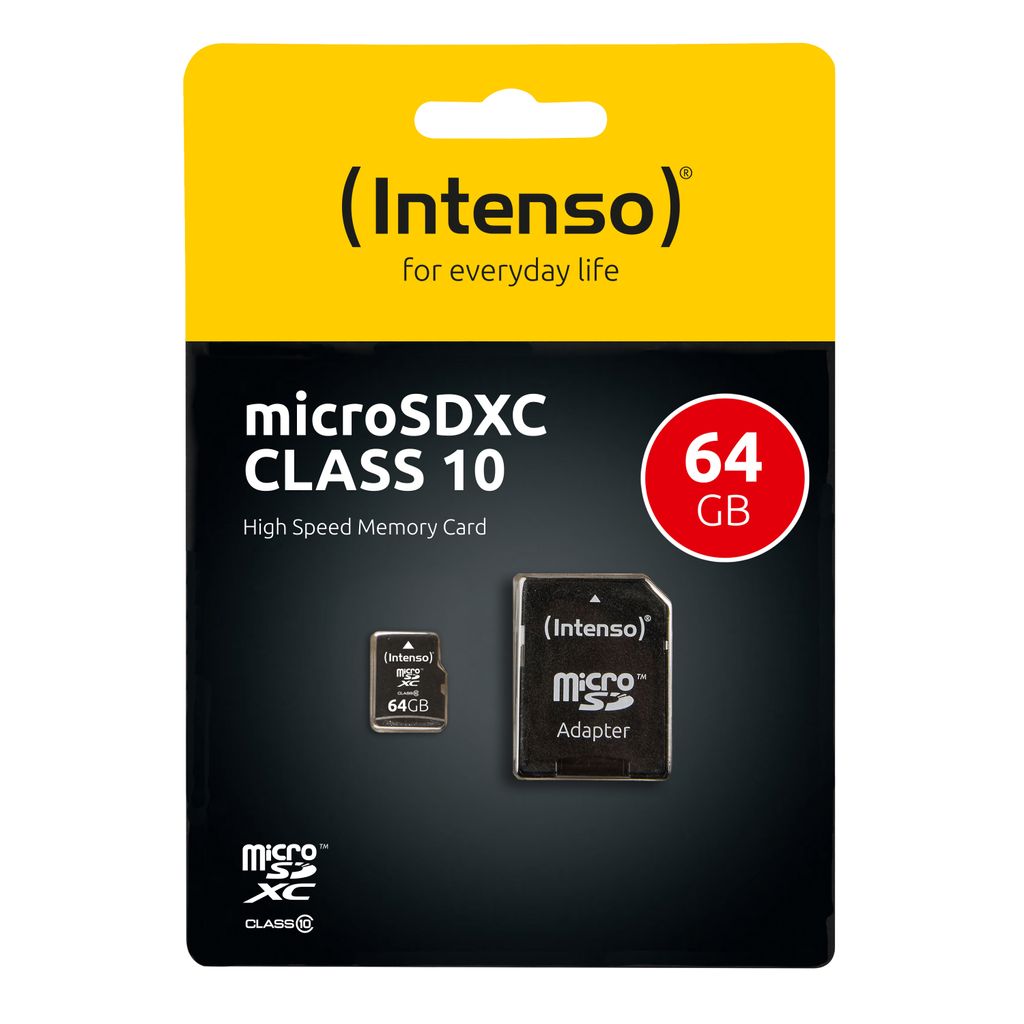
SANDISK 183520 microSDXC Extreme Pro 64GB (A2/ V30/ U3/ R170/ W90) + Adapter "Mobile" online kaufen | MediaMarkt

SDSQQNR-064G-GN6IA | SanDisk Speicherkarte, microSD, 64GB, 100MB/s, 40MB/s, Weiss | Distrelec Deutschland

Samsung »EVO Plus 64GB microSDXC Full HD inkl. SD-Adapter« Speicherkarte (64 GB, UHS Class 10, 130 MB/s Lesegeschwindigkeit)

SanDisk Ultra 64GB SDXC Speicherkarte, von bis zu 120 MB/s, Class 10, UHS-I, V10: Amazon.de: Computer & Zubehör
















